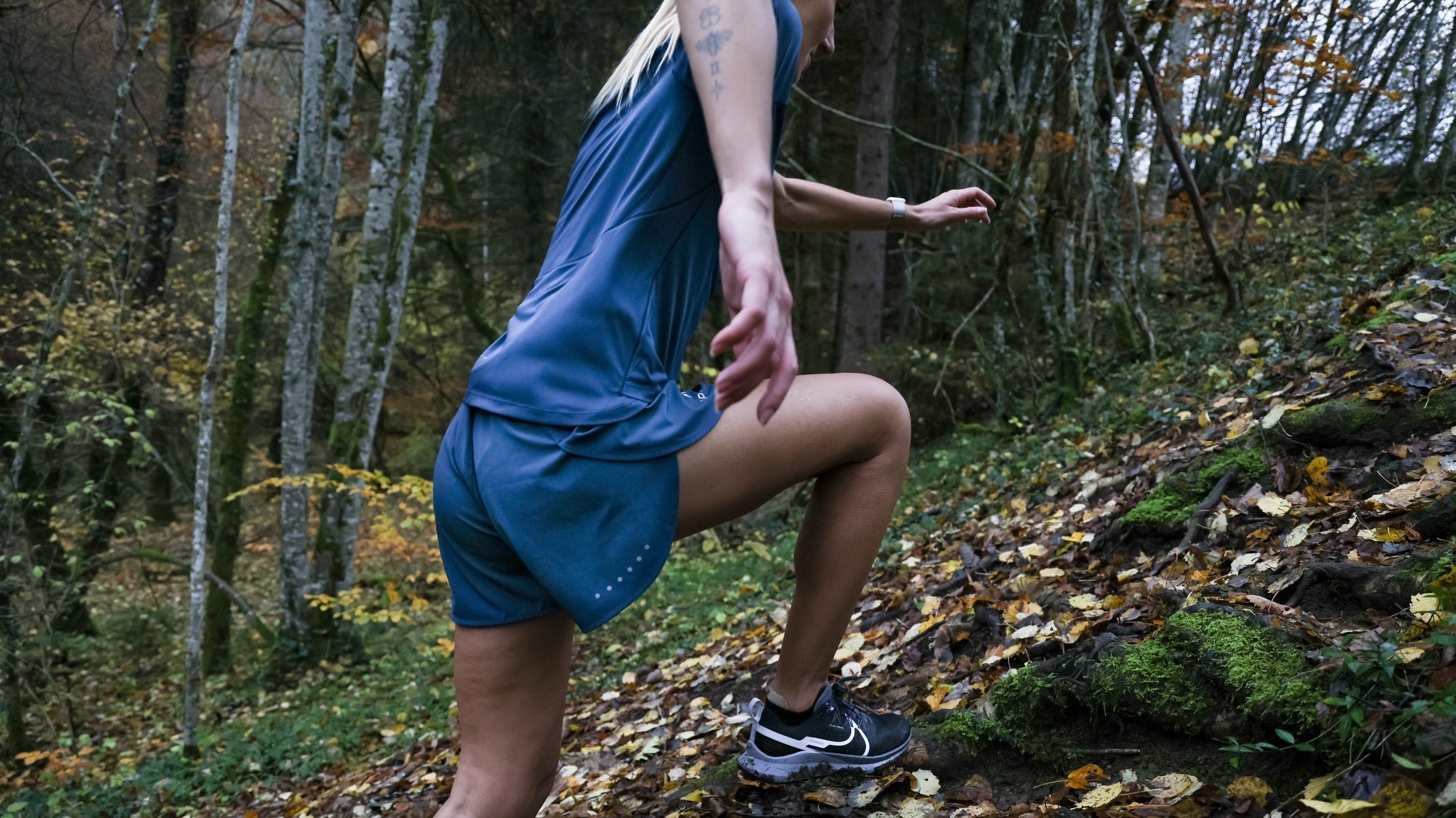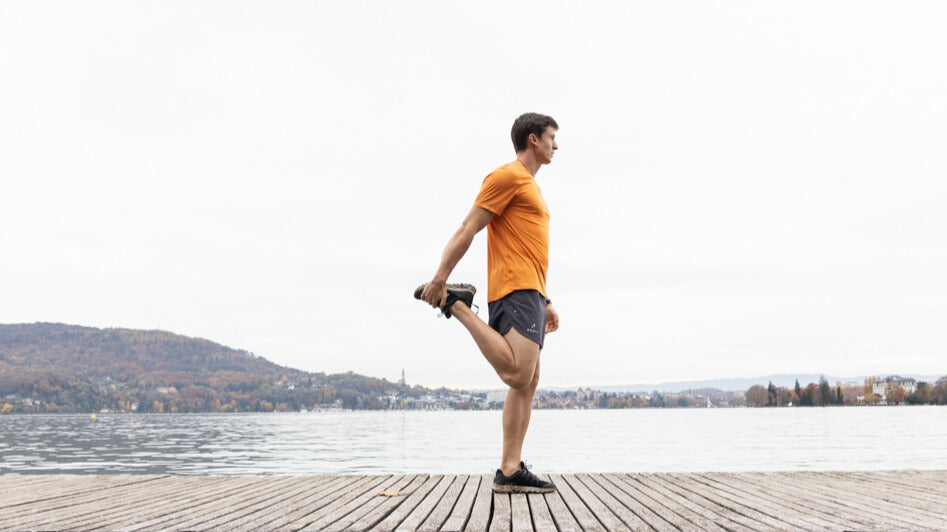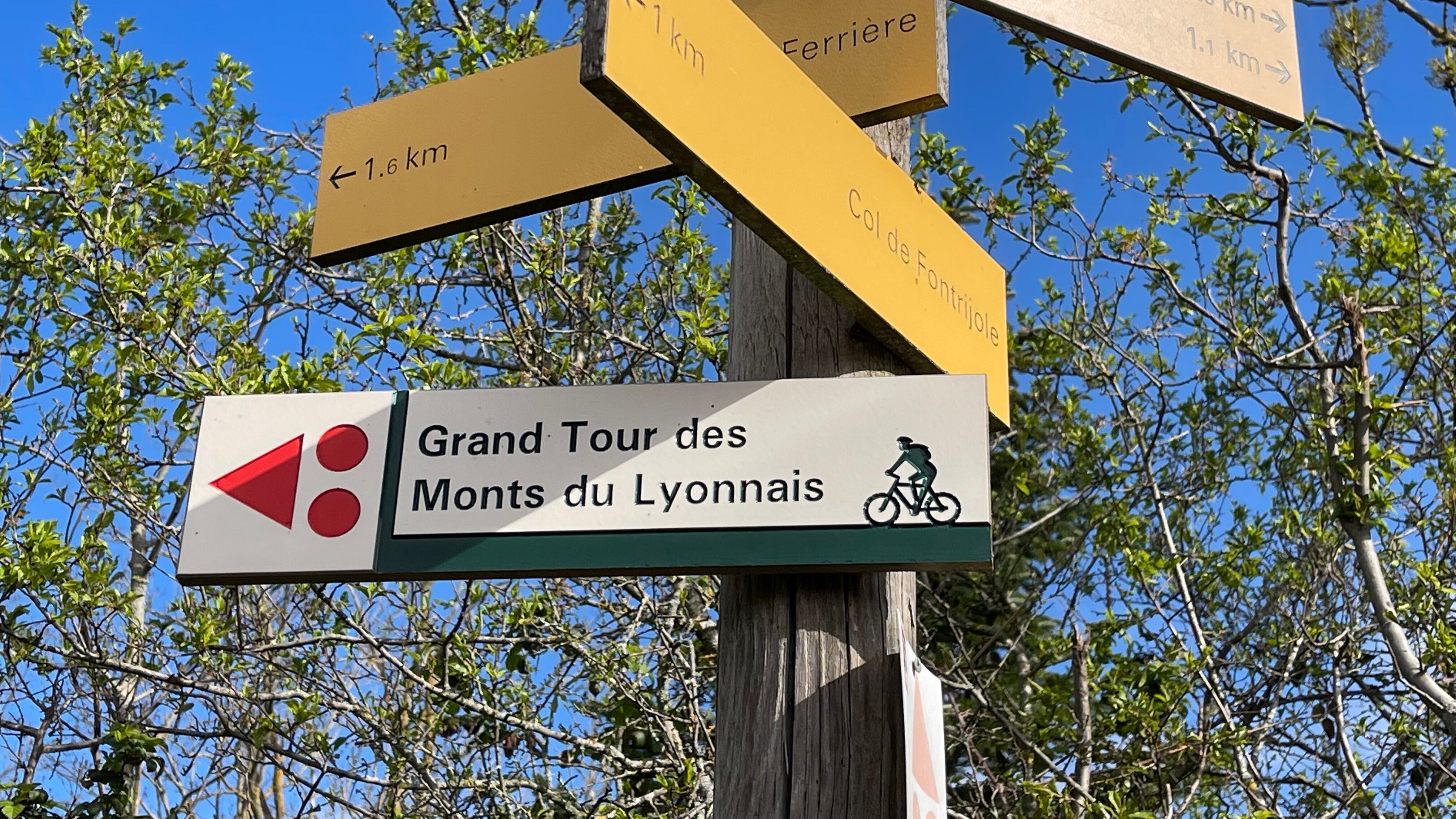
How to progress uphill in trail running?
Trail running is the ultimate access to nature. Trail running courses invite you to go on an adventure in the forest or along a river, and trail running really comes into its own on small paths or trails in mid- to high-altitude mountains. It is these small paths or tracks that gave their name to the practice of trail running. Unlike most road races, trail running often includes many more climbs and descents, which are indicated for races in terms of cumulative elevation gain and cumulative elevation loss over the entire course. For example, to complete the famous Saintélyon night trail race from Saint-Etienne to Lyon, you have to run a little over 80 kilometers with a positive elevation gain of nearly 2,600 meters. Another example: the Grand Trail des Templiers near Millau is run over a comparable distance of just over 80 kilometers with an even greater elevation gain of over 3,400 meters. For comparison, the elevation gain of the Paris Marathon, which is not one of the fastest on the world circuit, is 'only' a little under 300 meters. Of course, these are races that are difficult to compare. The marathon is a long, fast race that takes place mostly on roads, while trails are prolonged endurance races alternating between uphill, downhill, and flat sections and often run on paths or trails. With its frequent elevation gains, trail running therefore requires the ability to negotiate and manage steeper climbs than road running. So how can you adapt and progress uphill in trail running?
Adapting running technique
The first recommendation is to adapt your uphill running technique by shortening your stride, leaning your upper body slightly forward, and using your arms. Shortening your stride leads to taking shorter, faster steps to better manage the effort on the climb, rather than trying to maintain a normal, 'longer' stride. Leaning slightly forward, trying not to break your waist, allows you to follow the slope and keep your center of gravity forward in the direction of the climb. The steeper the slope, the more pronounced this forward tilt of the body can be. Finally, the arms can also serve as additional means of propulsion (even without poles, we will talk about the use of poles in another paragraph). Especially on the steepest slopes, raising the arms helps propel the body forward. On extremely steep paths or trails, the arms can even help you progress step by step by helping to push on the knee, as when climbing very steep stairs. Of course, do not hesitate to walk on the steepest slopes to save energy, especially over long distances.
Muscle strengthening and specific training
The second area of progression to better negotiate climbs in trail running is to combine muscle strengthening and specific training. Running or walking uphill in trail running requires additional effort since you not only have to counter the force of gravity pulling you down but also lift your body mass upwards. Physically or mechanically, this requires a dedication of energy and power coming mainly from the quadriceps (the muscles of the front of the thighs) and the posterior chain (glutes, hamstrings and calves) without forgetting the core muscles. Specific muscle strengthening must therefore focus on exercises targeting the glutes (for power when climbing), the quadriceps (for pushing and stabilization), the hamstrings (for stability and propulsion) and the calves (for pushing off at the forefoot). Core work will also serve to stabilize the pelvis and core on slopes.
For specific training, you should focus on interval training sessions on hills or hill repetitions, whether short (30 seconds to 1 minute) in intensity or long (5 minutes or more) in endurance at a moderate pace. Walking up steep slopes can also be used to work on gluteal power. Finally, stair climbing can also be very effective for working on power and frequency of movements. As with any specific training, be careful to respect a minimum of progression and therefore to gradually increase the elevation and duration of specific hill training to give the body time to get used to it and avoid the risk of injury.
Using the sticks
To negotiate the steepest climbs, using poles helps relieve the strain on the legs by engaging the upper body, triceps, and shoulders to help with upward propulsion. The poles should be used planted in front of you, close to your body, to be able to push effectively while remaining stable. The most classic technique is the alternating push (right arm with left leg and vice versa) by synchronizing the movements of the legs and arms. The other technique, the double push as in cross-country skiing, is useful especially for the steepest passages such as a very high step or a rock to cross that requires strong propulsion or push. It is advisable to test and get used to both techniques. It is also a bit of a matter of personal preference. Training regularly with poles allows you to gradually automate the gestures and strengthen the upper body by using it regularly. One last piece of advice: be careful to keep your forearms and wrists relaxed and not grip the poles too tightly to avoid over-contracting your forearms and wrists and causing discomfort or stiffness over long distances.
With the right running technique, muscle strengthening, specific hill training, and optimal use of poles, trail running climbs will gradually become easier, or rather less difficult, to negotiate, even if they remain demanding. It should not be forgotten that climbs are part of the trail running experience and are often the key to great rewards for the efforts made, sometimes with incredible views once you reach the top of a hill or mountain. This is what makes trail running both charming and challenging.



Leave a comment
This site is protected by hCaptcha and the hCaptcha Privacy Policy and Terms of Service apply.